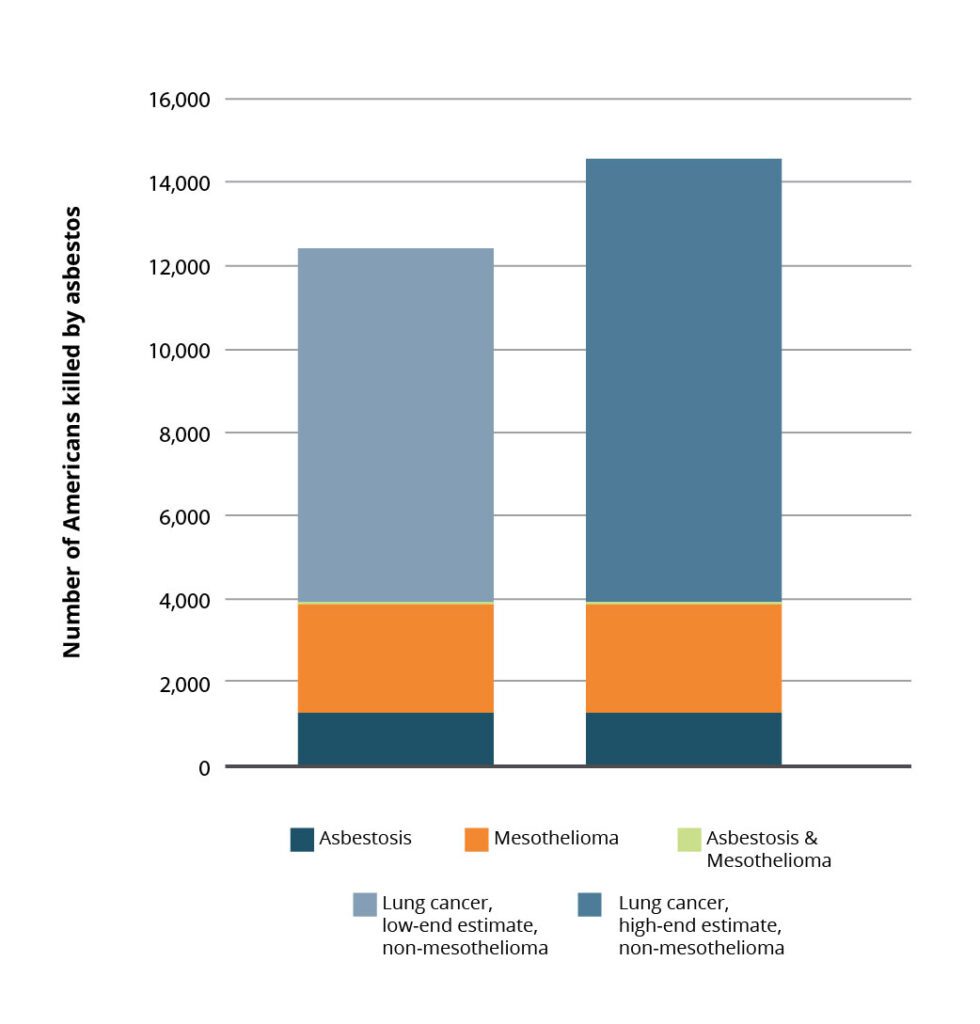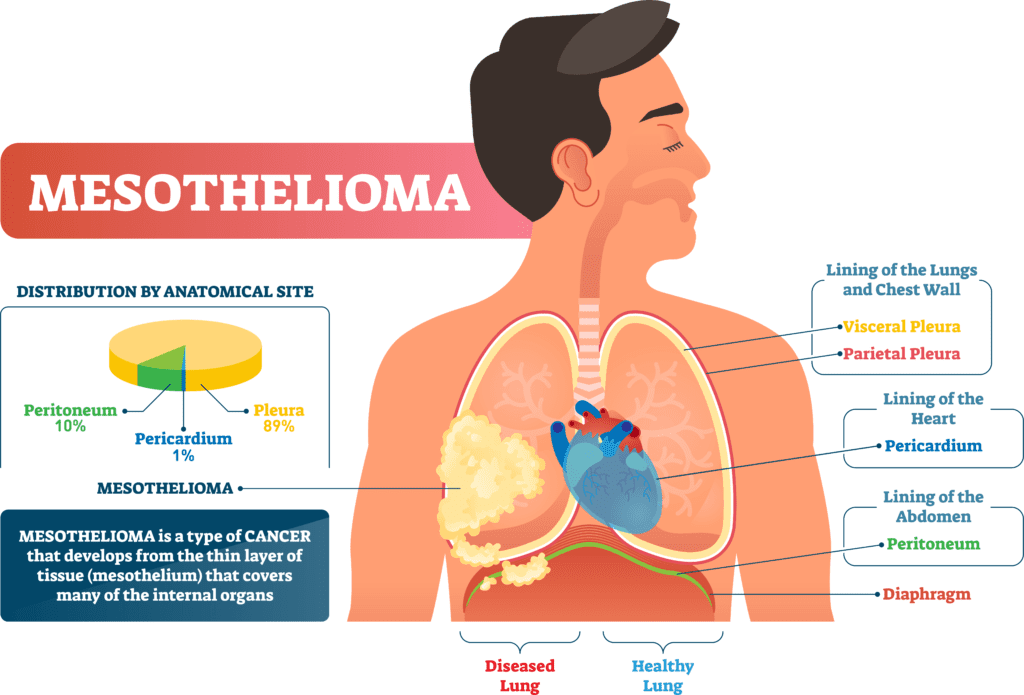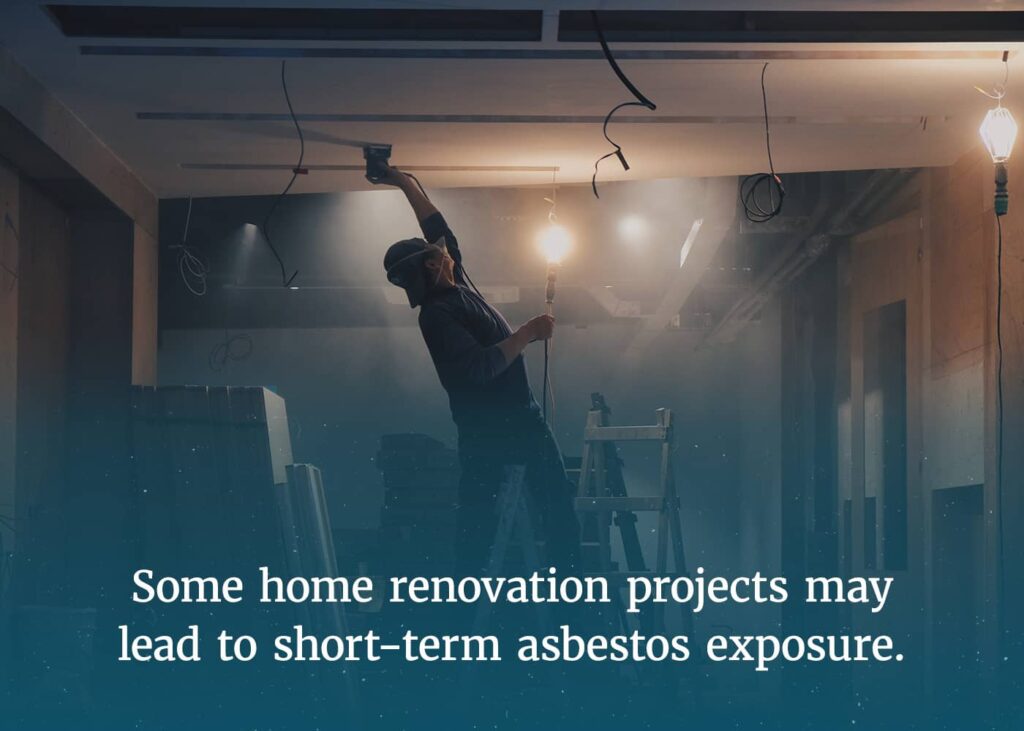In this informative article, we will explore the question that has been on the minds of many concerned individuals: what is the percentage of people who develop mesothelioma after being exposed to asbestos? With asbestos being a common material in various industries for many years, understanding the risks associated with exposure is crucial. By examining available research and statistics, we hope to shed light on this important topic and provide a clearer understanding of the risks involved. So, let’s dive into this topic and uncover the truth behind the percentage of people affected by mesothelioma after being exposed to asbestos.
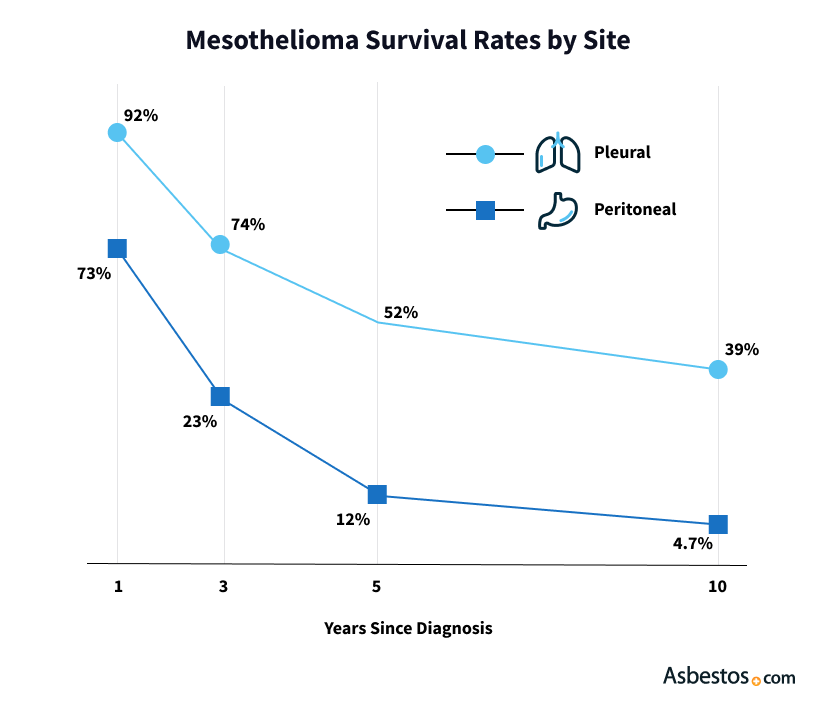

Overview
Welcome to this comprehensive article on understanding asbestos and mesothelioma. Asbestos has been widely used in various industries due to its fire-resistant properties, durability, and insulating abilities. However, despite its useful qualities, asbestos is also associated with a rare and aggressive form of cancer known as mesothelioma. In this article, we will explore the definition of asbestos and mesothelioma, the link between the two, and the risk factors that contribute to developing mesothelioma. We will also delve into relevant statistics, studies, and findings to provide you with a thorough understanding of this topic.
Understanding Asbestos and Mesothelioma
Definition of Asbestos
Asbestos refers to a group of naturally occurring minerals that are made up of long and thin fibers. These fibers are strong and heat-resistant, making asbestos an ideal material for use in various construction and manufacturing industries. Asbestos can be found in buildings, homes, and industrial settings in products such as insulation, roofing materials, flooring, and automotive parts. It is important to note that asbestos fibers are invisible to the naked eye and can easily be inhaled or ingested.
What is Mesothelioma?
Mesothelioma is a rare and aggressive cancer that primarily affects the lining of the lungs (pleural mesothelioma) or the lining of the abdomen (peritoneal mesothelioma). It can also affect the lining of the heart (pericardial mesothelioma) or the testicles (testicular mesothelioma), although these cases are extremely rare. Mesothelioma is primarily caused by long-term exposure to asbestos fibers, and it can take several decades for symptoms to appear after exposure.
Link between Asbestos and Mesothelioma
The link between asbestos exposure and mesothelioma is well-established and scientifically proven. When asbestos fibers are inhaled or ingested, they can become lodged in the lining of the lungs or abdomen. Over time, these fibers cause inflammation and scarring, leading to the development of mesothelioma tumors. The risk of developing mesothelioma increases with the duration and intensity of asbestos exposure. While asbestos is the primary cause of mesothelioma, it is important to note that not everyone exposed to asbestos will develop the disease.
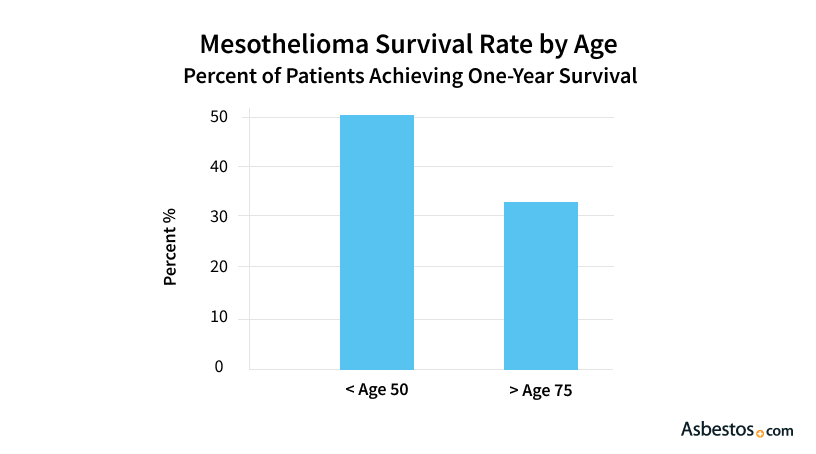

Risk Factors for Mesothelioma
Duration and Intensity of Asbestos Exposure
The risk of developing mesothelioma is directly related to the duration and intensity of asbestos exposure. Individuals who have been exposed to asbestos for prolonged periods, such as asbestos miners or construction workers, have a higher risk of developing mesothelioma compared to those with shorter exposure durations. Similarly, individuals who have been exposed to high concentrations of asbestos fibers are at a greater risk.
Type of Asbestos Fiber
There are two major types of asbestos fibers: serpentine and amphibole. Serpentine fibers are curly and flexible, with chrysotile being the most common type. Amphibole fibers, on the other hand, are straight and needle-like, with amosite and crocidolite being the most commonly found types. Studies have shown that amphibole fibers, particularly crocidolite, are more hazardous and have a higher risk of causing mesothelioma than serpentine fibers. The length and aspect ratio of the fibers also contribute to their carcinogenic potential.
Occupational Exposure
Occupational exposure to asbestos is one of the primary risk factors for mesothelioma. Industries such as construction, shipbuilding, manufacturing, and mining have historically involved working with asbestos-containing materials. Workers in these industries may have unknowingly inhaled or ingested asbestos fibers, putting them at a higher risk of developing mesothelioma. It is crucial for individuals who work or have worked in these industries to be aware of the potential health risks associated with asbestos exposure.
Secondary Exposure
Secondary exposure occurs when individuals come into contact with asbestos fibers brought home on clothing, hair, or skin by someone who has been directly exposed to asbestos. Family members, especially those living with individuals who work with asbestos, are at risk of secondary exposure. For example, washing the contaminated clothes of a loved one can unknowingly expose individuals to asbestos fibers. It is essential to take necessary precautions to minimize the risk of secondary exposure.
Smoking
While smoking alone does not cause mesothelioma, it can significantly increase the risk in individuals who have been exposed to asbestos. Smoking damages the lung tissue and weakens the body’s defense mechanisms, making it more susceptible to the harmful effects of asbestos fibers. Studies have shown that the combination of smoking and asbestos exposure greatly increases the likelihood of developing mesothelioma and other asbestos-related diseases.
Individual Susceptibility
It is important to understand that individual susceptibility to mesothelioma can vary. Factors such as age, gender, genetics, and overall health may influence an individual’s response to asbestos exposure. The latency period between exposure and the development of mesothelioma can also vary significantly, ranging from 20 to 50 years or more. It is essential to remain vigilant and aware of the potential risks associated with asbestos exposure, regardless of individual susceptibility factors.
Statistics on Asbestos Exposure and Mesothelioma
To understand the impact of asbestos exposure on mesothelioma incidence, let’s explore some relevant statistics.
General Prevalence of Mesothelioma
Mesothelioma is considered a rare cancer, with relatively low incidence rates compared to other types of cancer. However, its association with asbestos exposure makes it a significant concern for public health. The incidence of mesothelioma varies worldwide, with certain countries having higher rates due to historical asbestos usage in specific industries.
Global Mesothelioma Incidence
According to the World Health Organization (WHO), an estimated 43,000 people worldwide die each year due to mesothelioma. The highest mesothelioma incidence rates are observed in countries such as Australia, the United Kingdom, and the United States, where asbestos was widely used in industries such as construction, shipbuilding, and mining.
Mesothelioma Incidence by Country
While mesothelioma incidence rates vary by country, it is important to note that mesothelioma can affect individuals in any country where asbestos was used. For example, Australia has one of the highest incidences of mesothelioma globally due to its historical asbestos mining and usage. However, mesothelioma cases are also reported in countries that are banning or have banned asbestos, as the disease has a long latency period.
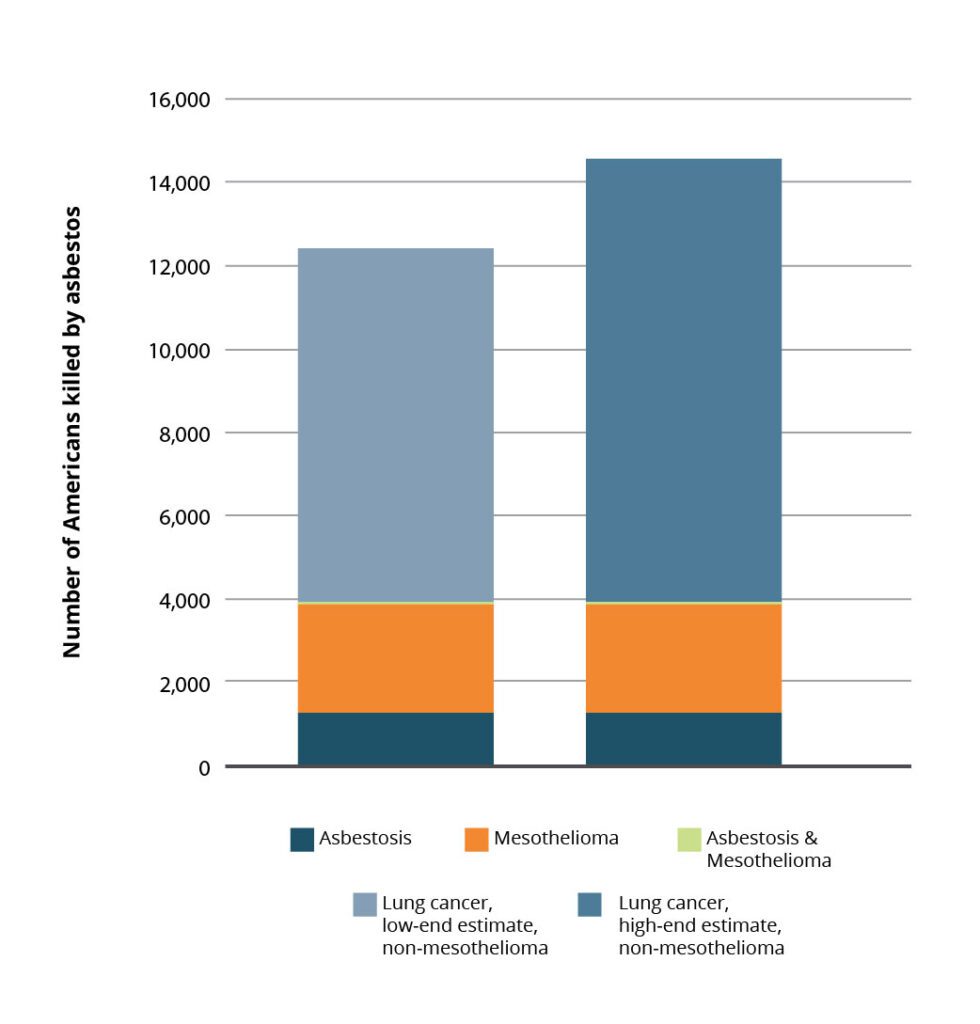

Percentage of Asbestos-Exposed Individuals who Develop Mesothelioma
Determining the exact percentage of asbestos-exposed individuals who develop mesothelioma is challenging due to various factors such as individual susceptibility, duration of exposure, and the type of asbestos fiber encountered. While the overall risk of developing mesothelioma from asbestos exposure is relatively low, studies have provided valuable insights into this topic.
Studies and Findings
Several types of studies, including cohort studies, retrospective case-control studies, and meta-analyses, have contributed to our understanding of the relationship between asbestos exposure and mesothelioma.
Evaluation of Cohort Studies
Cohort studies follow groups of individuals exposed to asbestos over a significant period to determine the development of mesothelioma. These studies have observed a higher risk of mesothelioma among asbestos-exposed individuals when compared to the general population. Cohort studies allow researchers to establish a cause-and-effect relationship between asbestos exposure and mesothelioma, providing valuable evidence for public health measures.
Retrospective Case-Control Studies
Retrospective case-control studies compare individuals diagnosed with mesothelioma to a control group without the disease. These studies have consistently shown a significantly higher risk of developing mesothelioma among those who have been exposed to asbestos compared to those who haven’t. The findings from these studies have contributed to the understanding of individual risk factors and the impact of asbestos exposure on mesothelioma incidence.
Meta-Analysis
Meta-analyses involve combining and analyzing data from multiple studies to draw more comprehensive conclusions. Meta-analyses focusing on asbestos-exposed populations have consistently shown an increased risk of developing mesothelioma compared to the general population. These findings further underscore the significance of asbestos exposure as a risk factor for mesothelioma.
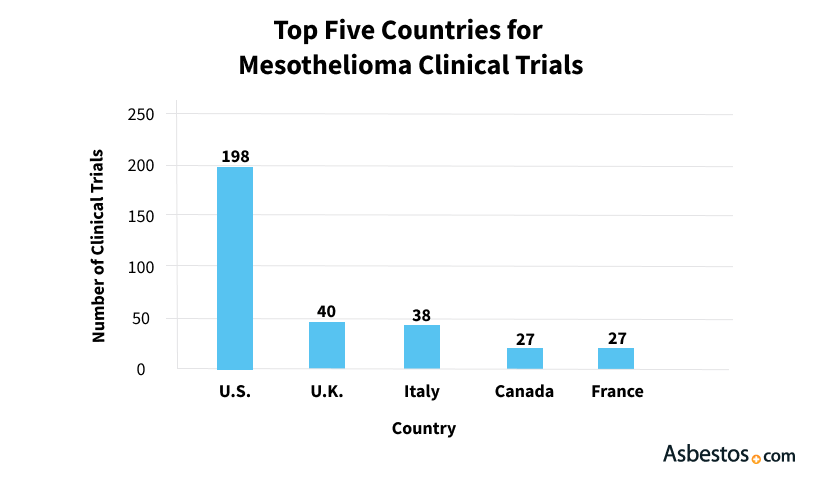

Occupational Exposure and Mesothelioma Risk
Occupational exposure to asbestos is a significant risk factor for developing mesothelioma. Certain occupations have been found to have a higher risk due to a higher likelihood of asbestos exposure in these industries.
Occupations with High Mesothelioma Risk
Industries such as construction, shipbuilding, mining, manufacturing, and insulation installation have historically involved working with asbestos-containing materials. Individuals working in these industries are at an increased risk of asbestos exposure, leading to a higher incidence of mesothelioma. It is crucial for employers and organizations to implement strict safety measures and asbestos abatement protocols to protect workers from exposure.
Duration of Exposure and Risk Relation
The duration of asbestos exposure is directly related to the risk of developing mesothelioma. Studies have shown that individuals with prolonged exposure, such as asbestos miners or construction workers, have a higher risk compared to those with shorter exposures. Similarly, individuals who have been exposed to high levels of asbestos fibers over an extended period, such as shipyard workers, are at a greater risk of developing mesothelioma. Minimizing exposure duration is crucial in reducing the risk of this aggressive cancer.
Secondary Exposure and Risk
While primary occupational exposure to asbestos is a significant concern, secondary exposure can also pose risks to individuals who have not directly worked with asbestos.
Family Members and Domestic Exposure
Family members of asbestos workers, particularly those involved in washing the contaminated clothes of asbestos workers or living in proximity to asbestos-related industries, are at risk of secondary exposure. The fibers brought home on clothing, hair, or skin can lead to unknowing exposure, increasing the risk of developing mesothelioma. Proper education, safety protocols, and protective measures are essential to reduce the risk of secondary exposure within domestic settings.
Environmental and Neighborhood Exposure
Living in areas with asbestos-related industries or near asbestos mining sites can lead to environmental exposure to asbestos fibers. Although the risk is lower compared to occupational exposure, environmental exposure can still contribute to the development of mesothelioma. Community awareness, stringent regulations, and proper cleanup of contaminated sites are crucial in minimizing the risk of neighborhood exposure.


Conclusion
Understanding asbestos and mesothelioma is essential in order to raise awareness about the risks associated with asbestos exposure. While asbestos has been widely used in various industries, it is crucial to prioritize safety measures and minimize the exposure to this carcinogenic mineral. The link between asbestos exposure and mesothelioma is firmly established, and studies have provided valuable insights into risk factors, occupational hazards, and the impact of secondary exposure. By taking proactive steps to reduce asbestos exposure and promoting awareness, we can work towards preventing mesothelioma and ensuring a healthier future for everyone.

